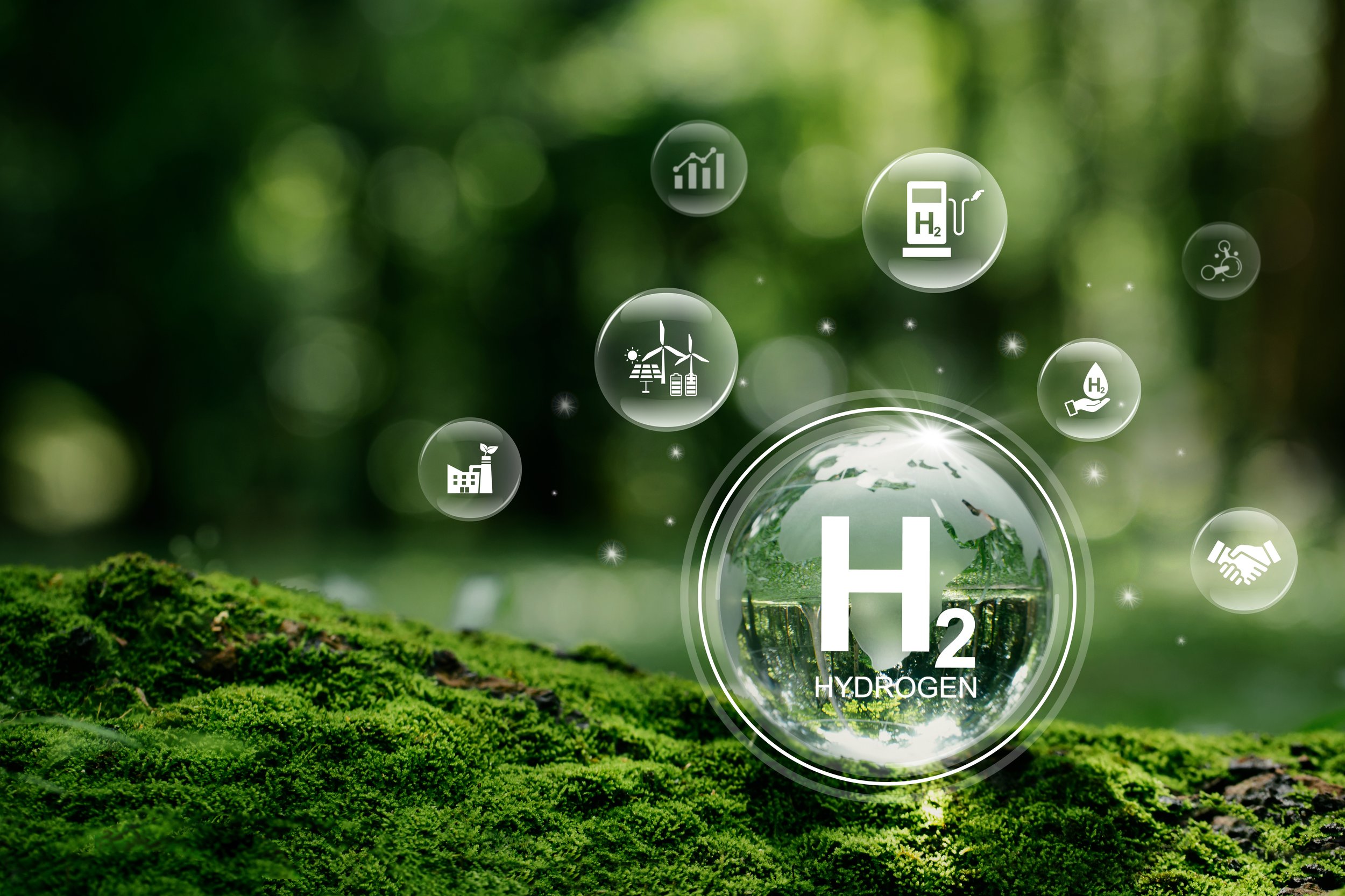
FUTURE DEMAND
Global hydrogen demand in 2020 was 87 Mtpa (million tonnes per annum) and this is expected to grow to as much as 580 Mtpa by 2050.
Current demand in the United States is 11 Mtpa, worth around $27 billion. This hydrogen is largely unabated, meaning the carbon generated during production is simply released into the atmosphere.
Hydrogen demand in the US is currently predicted to double by 2050. While policies like the Inflation Reduction Act (IRA) and Infrastructure Investment and Jobs Act (IIJA) support this increase to achieve net zero by 2050 US hydrogen usage will need to increase by nearly 7 times! We believe that geologic hydrogen has the potential to deliver an abundant supply of low-carbon hydrogen to help drive the transformation and expansion of America’s hydrogen economy.
Sources: McKenzie Global-Energy-Perspective-2023-Hydrogen-Outlook, National Petroleum Council H2 4-2024

GEOLOGIC HYDROGEN
Geologic hydrogen, also known as white or gold hydrogen, is naturally occurring hydrogen formed through geologic processes within the Earth’s crust. A range of mechanisms create this hydrogen, including radiolysis and serpentinization, where water reacts with minerals like olivine to form new minerals with hydrogen as a byproduct. Widely dismissed for decades as a rare phenomenon, recent discoveries in places like Mali, Kansas, and South Australia have shown that geologic hydrogen is widespread and potentially abundant.
Geologic hydrogen could be a game-changing new hydrogen source, both for energy production and the chemical industry. Its production emits no greenhouse gases, unlike traditional hydrogen produced from methane or other fossil fuels, and when burned, it creates only water as a byproduct. And its capacity for large-scale extraction means it can potentially be produced at a lower cost than traditional sources like steam reforming (grey hydrogen) and electrolysis (green hydrogen).
